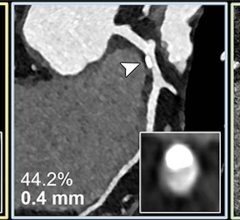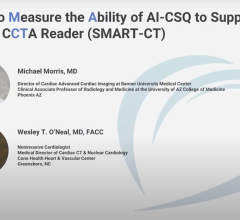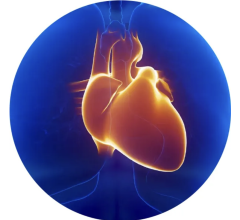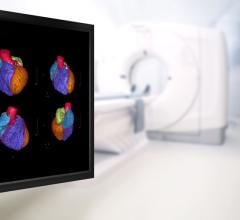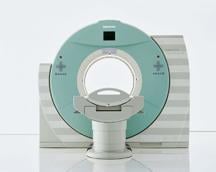
March 31, 2009 - Patients who undergo several CT scans over their lifetime may be at increased risk for cancer, according to a study published in the April issue of Radiology.
“We found that while most patients accrue small cumulative cancer risks, 7 percent of the patients in our study had enough recurrent CT imaging to raise their estimated cancer risk by 1 percent or more above baseline levels,” said Aaron Sodickson, M.D., Ph.D., assistant director of emergency radiology at Brigham and Women’s Hospital and researcher at the Center for Evidence-Based Imaging in Boston. “The techniques implemented in our study can be used to identify higher risk patients who might benefit from enhanced radiation protection efforts.”
CT has proven to be a valuable clinical tool, and its use has grown rapidly. According to a 2008 IMV Medical Information Division report, approximately 68.7 million CT exams were performed in the U.S. in 2007, up from 62 million in 2006. CT provides detailed images of internal organs and is a common technique used to make medical diagnoses and help guide medical treatment decisions. However, CT uses a higher radiation dose than most other imaging exams.
For the study, the researchers developed new methodology to estimate cumulative CT radiation doses and associated radiation-induced cancer risks at the level of the individual patient, by extracting each patient’s CT history from the electronic medical record and applying standard risk-estimation models that incorporate patient gender and age at exposure.
The study group was comprised of 31,462 adult patients who had diagnostic CT scans at Brigham and Women’s Hospital or the Dana-Farber Cancer Center in 2007 and had undergone a total of 190,712 CT exams over the prior 22 years. Approximately 33 percent of the patients underwent five or more lifetime CT exams, 5 percent underwent more than 22 exams, and 1 percent underwent more than 38 exams. Fifteen percent received estimated cumulative effective radiation doses of more than 100 millisieverts (mSv), equivalent to the dose one would receive from 1,000 chest x-rays. Four percent received over 250 mSv, and 1 percent received over 399 mSv.
The researchers used the BEIR-VII (Biological Effects of Ionizing Radiation) risk model to estimate lifetime attributable risk (LAR) of cancer for each patient, based on their CT exposures. Approximately 7.3 percent of the study group had an estimated LAR of greater than 1 percent, meaning that due to cumulative CT radiation exposure, their risk of developing cancer increased by 1 percent above the baseline US cancer risk rate of 42 percent. Among the 315 patients in the top percentile of cumulative LAR, risk increased by 2.7 to 12 percent.
“CT is an excellent diagnostic tool of tremendous clinical value in many situations,” Dr. Sodickson said. “Individual decisions about its use should balance the expected clinical benefits against the potential cumulative risks of recurrent imaging.”
Dr. Sodickson points out that for patients who have not undergone a large number of CT scans, the benefits of appropriate CT exams typically outweigh the potential risks.
“However, we feel that a higher clinical threshold is warranted in patients undergoing a large amount of recurrent CT imaging,” Dr. Sodickson said, “particularly if many of their prior CT scans have been negative. This scenario may result in a combination of high cumulative risk with low clinical benefit.”
Dr. Sodickson hopes that these findings will raise awareness of cumulative radiation exposure concerns, so that physicians will be better able to incorporate patient-specific radiation risk estimates into the CT decision-making process.
For more information: www.rsna.org


 March 20, 2024
March 20, 2024 
